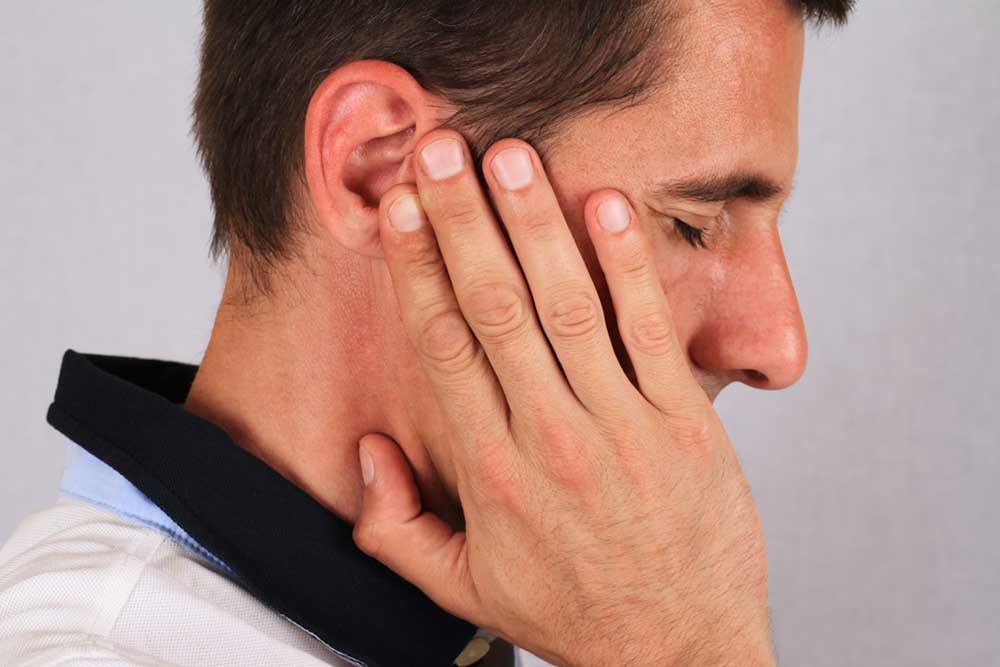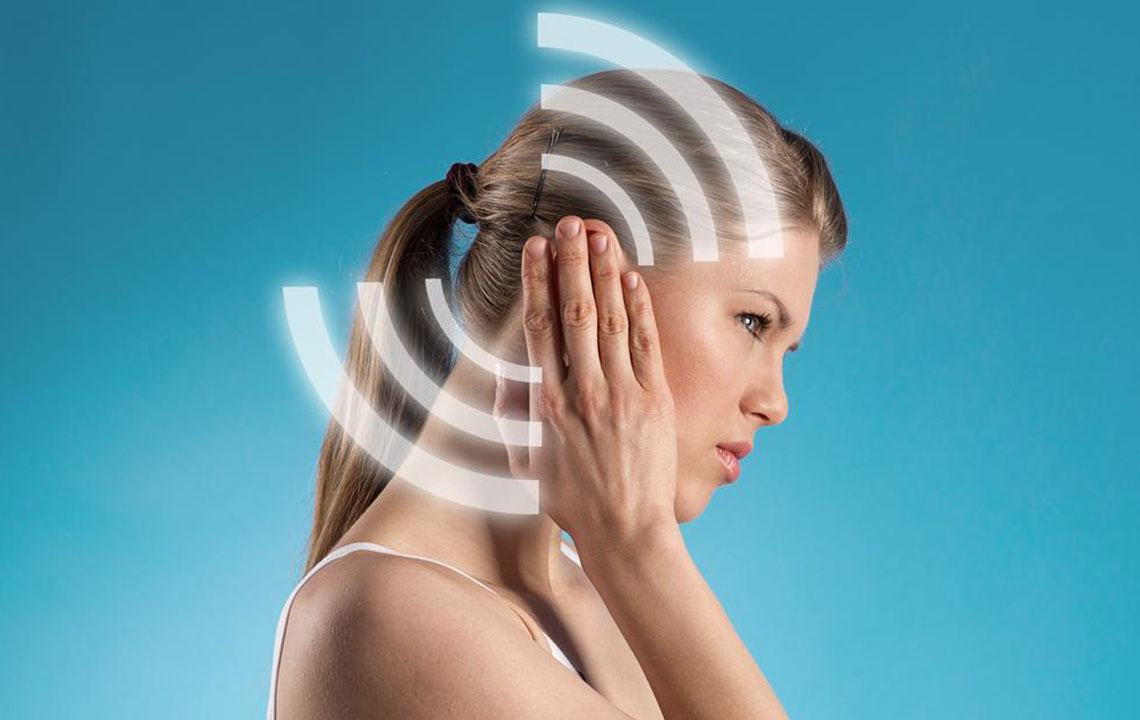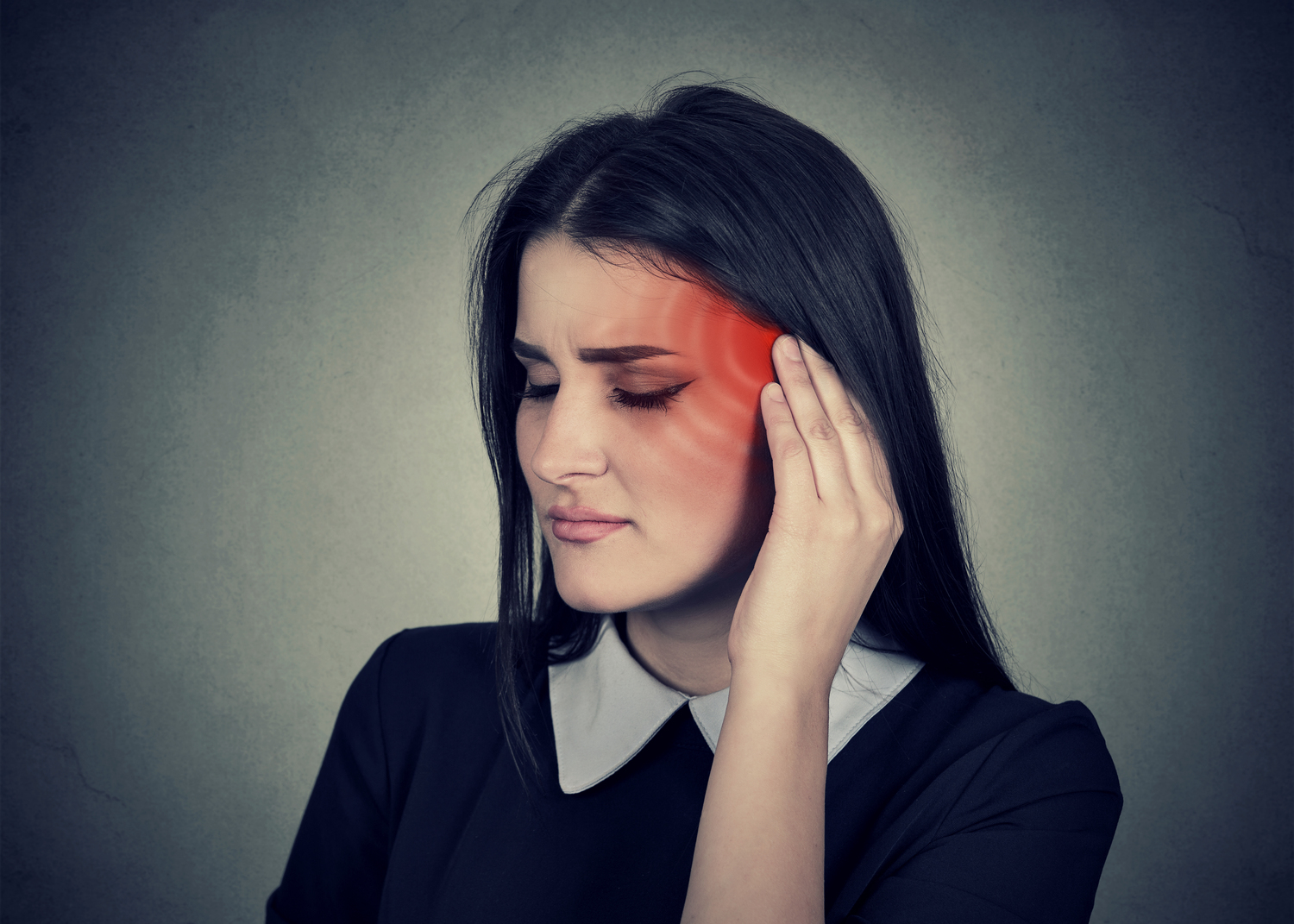Comprehensive Guide to Understanding and Managing Tinnitus
This comprehensive guide explains tinnitus, including causes, risk factors, diagnosis methods, and modern treatment options. It emphasizes understanding underlying health conditions and offers practical solutions like sound therapy and relaxation techniques to manage persistent ringing in the ears. Essential for those affected or seeking awareness about tinnitus management, this article aims to promote better ear health and guide timely medical intervention.

Comprehensive Guide to Understanding and Managing Tinnitus
Tinnitus manifests as a persistent ringing or buzzing in the ears, impacting millions worldwide. Nearly 50 million individuals experience this condition, with severe cases disrupting daily activities. It can also signal underlying health issues. Therefore, understanding the causes, diagnosis methods, and treatment options for tinnitus is essential for effective management.
Risk Factors
Ear Blockages – Blockages from infections, excess wax, or fluid buildup can alter ear pressure and cause ringing sounds.
Hearing Impairment – Damage to tiny hair cells in the cochlea can lead to erratic electrical signals, resulting in tinnitus.
Ear Injuries – Trauma from loud noises or accidents can damage the ear, triggering ringing sensations.
Medications – Certain high-dose medications for serious illnesses may have side effects that produce tinnitus.
Underlying Medical Conditions
Eustachian Tube Dysfunction – Ear fullness due to dysfunction of the tube connecting the middle ear to the throat.
Muscle Spasms – Neurological issues causing involuntary muscle spasms can lead to the sensation of ringing.
Meniere’s Disease – Abnormal fluid pressure within the inner ear causing episodes of ringing.
Blood Vessel Problems – Conditions like atherosclerosis can disrupt blood flow, making tinnitus more prominent.
Lifestyle and health issues, including diabetes, thyroid disorders, migraines, anemia, and autoimmune diseases, can also contribute to tinnitus symptoms.
Diagnosis Methods
Loudness Matching Test – Assesses the loudness perception of the ringing sound for accurate diagnosis.
Pitch Matching Test – Determines the pitch frequency of the tinnitus to assist in diagnosis.
Visual Analog Scale – Patients rate the perceived loudness of their tinnitus on a scale from 0 to 10.
Treatment Options
Sound Therapy – Devices that emit soothing sounds, like rain or waves, help mask tinnitus. Using natural sound environments or music can provide relief.
Relaxation Techniques – Progressive muscle relaxation exercises can reduce stress-related tinnitus symptoms by loosening tense muscles throughout the body.
Earwax Removal – Clearing excess wax by professionals can alleviate tinnitus caused by blockage.
Vascular Treatments – Addressing damaged blood vessels in the ear may eliminate ringing sounds.
Cognitive Behavioral Therapy – For chronic tinnitus without cure, therapy helps patients develop coping strategies and improve quality of life.
Ongoing research explores brain stimulation techniques to better treat tinnitus. It's also crucial to discuss medication side effects or health conditions contributing to the symptom with a healthcare provider.










